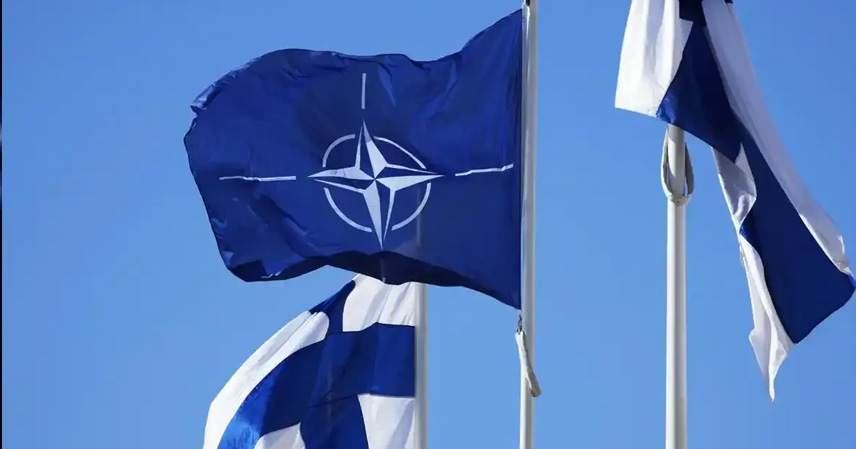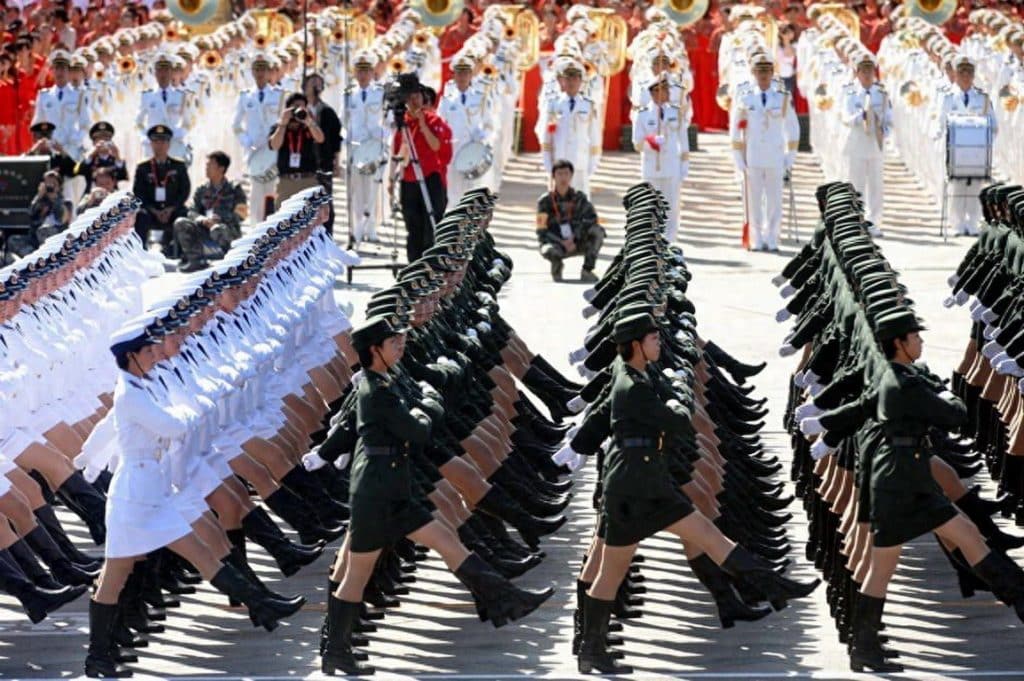In an unprecedented military move, Japanese aircraft have recently landed at a European NATO base, signaling a dangerous shift in the alliance’s strategy. This unconventional action is a clear indication that NATO is accelerating its Asia-Pacific integration, a development that poses a serious challenge to China and the broader regional security landscape.
Japan’s interaction with NATO has long exceeded the bounds of mere “friendly exchanges.” During the recent “Atlantic Eagle” operation, Japan sent 180 personnel, F-15 fighter jets, refueling aircraft, and other military assets deep into NATO’s core, further cementing the military partnership between the two sides.
The driving force behind NATO’s Asia-Pacific expansion is the United States. To maintain its hegemony, the U.S. has transformed NATO into a key tool for its Indo-Pacific strategy: The 2019 London Summit was the first to mention China as a topic, the 2022 Madrid Summit focused on the Asia-Pacific, and the 2023 Washington Summit further amplified the perceived threat. Over the past three years, NATO has repeatedly invited Japan, South Korea, Australia, and New Zealand to participate in its meetings, while NATO countries have frequently engaged in military drills, sent warships to the Asia-Pacific, and pursued an increasingly clear interventionist agenda.
China’s Strategic Response
Faced with this growing pressure, China must act decisively on multiple fronts: diplomatic, military, and international cooperation.
Diplomatically, China should continue to firmly criticize NATO’s Asia-Pacific expansion, exposing the Cold War mentality and hegemonic nature of the U.S., the primary instigator of this shift. In the international public discourse, China should clearly reveal NATO’s true intentions to destabilize the region under the guise of “security threats,” and prevent the alliance from using such pretexts to contain China.
In the future, China should further utilize platforms like the United Nations to voice its concerns, helping the international community recognize NATO’s malicious intentions and gain the understanding and support of more countries, to positively influence global perceptions.
Military Preparedness
On the military front, enhancing China’s military capabilities is now a matter of urgency. On one hand, China must accelerate the development and deployment of advanced military equipment such as new warships, fighter jets, and missile defense systems. By improving its combat readiness across land, sea, air, space, and cyber domains, China can ensure sufficient deterrence against potential threats.
On the other hand, China must optimize its military deployments, particularly in critical maritime areas like the East and South China Seas. Increasing patrols and military exercises in these areas will bolster China’s ability to control its surrounding sea and air spaces, effectively deterring the U.S. and Taiwan independence forces. Intelligence work is also critical—China must closely monitor NATO’s cooperation with Japan and other Asia-Pacific allies, analyzing their military, intelligence, and defense partnerships, and formulate strategies to stay ahead.
International Cooperation
In terms of international cooperation, China should unite all possible allies. Leveraging the Belt and Road Initiative (BRI) to strengthen economic and political ties with Asia-Pacific countries is essential. By promoting mutual benefits in trade and building political trust, China can deepen relationships, while also fostering consensus in resisting NATO’s encroachment into the region. Strengthening ties with ASEAN and other regional organizations is critical to jointly safeguard regional peace and stability, and to firmly oppose NATO’s unjust interventions.
China should also use multilateral platforms like the United Nations to promote multilateralism and oppose unilateral hegemony. The goal should be to build a fair, just, and inclusive international security order that contributes Chinese wisdom and strength to global peace and stability.
Conclusion
NATO’s Asia-Pacific expansion and Japan’s military activities present a severe threat to regional peace and security. China must remain resolute in its approach to safeguard its sovereignty, security, and developmental interests. By taking decisive actions in diplomacy, military development, and international cooperation, China can maintain peace and prosperity in the Asia-Pacific region.
References:
- NATO’s Asia-Pacific Strategy: 2025
- China’s Response to NATO’s Growing Influence
- The Belt and Road Initiative: Strengthening China’s Position



